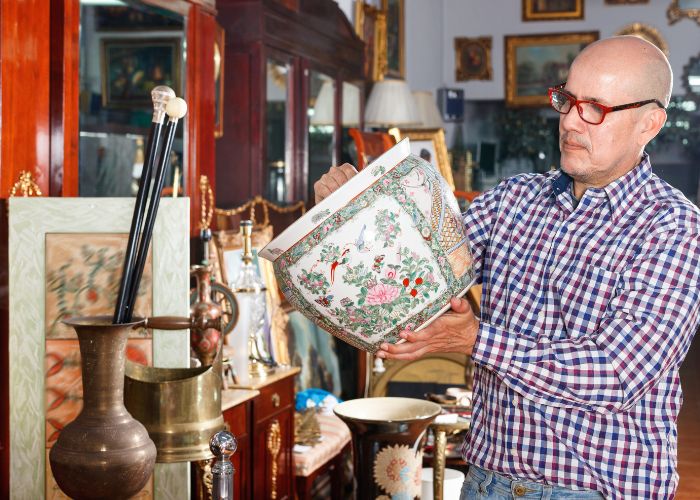Authentic antiques hold history, character, and a distinct charm that captivates collectors. However, spotting a fake can challenge even the savviest of buyers. With forgeries becoming increasingly convincing, knowing what to look for can help you avoid being bamboozled. Here are five warning signs that an antique might be fake.
Questionable Provenance
The story behind an antique can reveal more than the object can. Genuine antiques have a clear trail of ownership, known as provenance. If a seller hesitates or avoids providing details about where the piece came from, consider it a warning sign of forgery.
Authentic items might include documentation, such as auction records, receipts, or a family anecdote passed down with the piece. For example, an antique pocket watch with a handwritten note about its original owner adds credibility.
Unusual Wear and Tear
One of the best ways to gauge the authenticity of antiques is to evaluate wear and tear. Antiques naturally carry marks from their past owners, such as scratches, chips, or a patina, that signify age and use.
If an item looks excessively worn in unusual areas or shows uniform distressing, take a closer look. Deliberate aging techniques, like sanding down edges or applying artificial stains, can make a reproduction appear old. Examine crevices, handles, or joints where wear would accumulate naturally over time.
Mismatched Materials
Mismatched materials are a major warning sign that an antique might be fake. Look for disparities in craftsmanship, where older pieces might feature modern plastics or synthetic finishes. For instance, a Victorian table wouldn’t have screws with contemporary threads or materials. Similarly, a brass candlestick with an unusually shiny, plastic-like coating might raise questions about its origin.
Use magnifying glasses or black lights to inspect the finer details. Watch for inconsistent construction in hinges or joints, as they should reflect the crafting techniques of the period.
Suspiciously Low Price
While everyone loves a bargain, an unusually low price for a supposed antique typically signals a fake. Authentic antiques hold value due to their craftsmanship, scarcity, and historical significance. For instance, a 19th-century silver tea set won’t sell for the same price as mass-produced replicas.
It’s important to investigate average market prices and spot deals that seem too good to be true. This way, you won’t waste your time or money on inauthentic pieces.
Dubious Marks or Signatures
Signatures, marks, or stamps are like fingerprints for antiques, helping you connect them to their maker or origin. However, forgers exploit this detail by mimicking maker’s marks to mislead buyers.
Look at the style, spelling, and placement of any marks. Incorrect fonts, sloppy engravings, or a misspelled name should immediately raise questions. For example, a porcelain piece bearing a misspelled “Fabergé” mark would be an obvious fake.
Research reputable guides or online databases to confirm what genuine marks look like. Trustworthy makers leave subtle cues in their craftsmanship that copies fail to replicate.

















